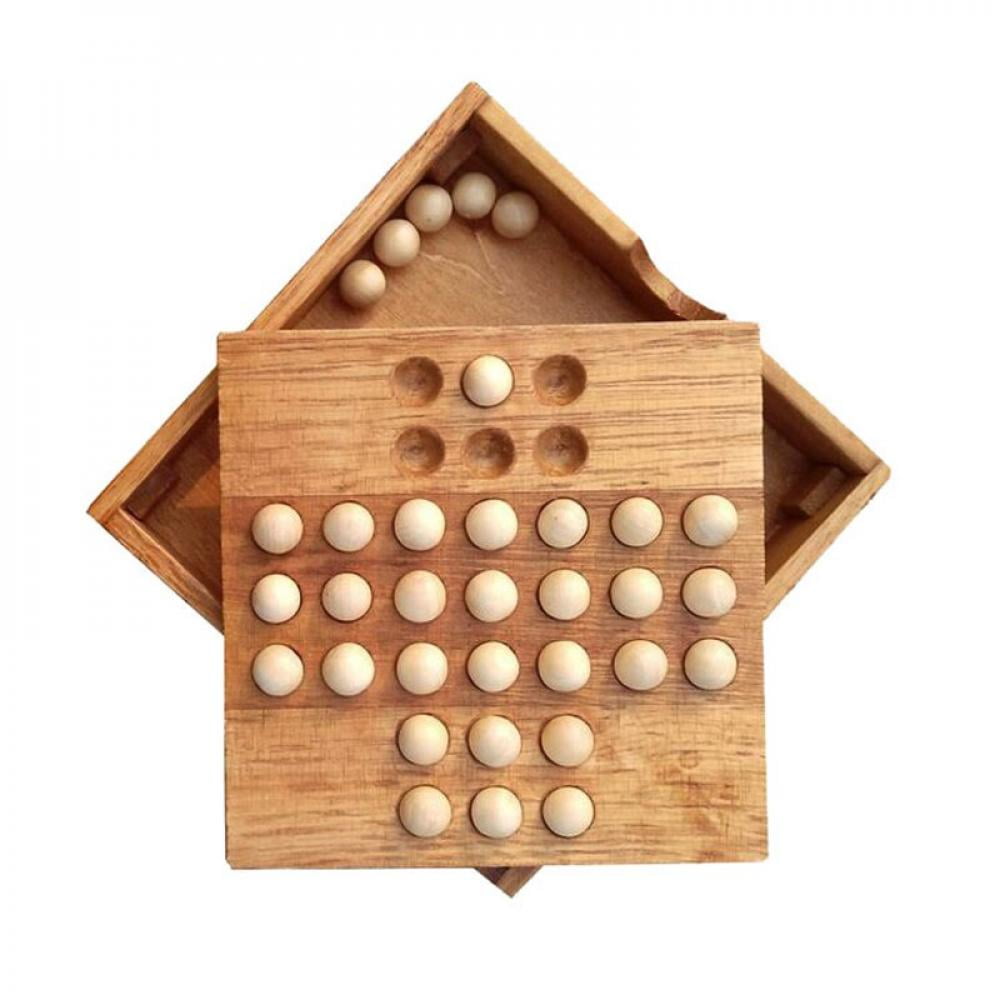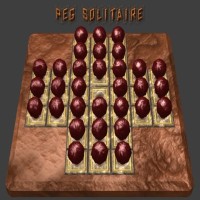

So for example, if the initial hole is on the bottom right, then the last peg should be on the top left. In the European version, the last peg should be in the place which is 180 degrees rotation of the initial hole. In the English version, the initial hole and the final peg are usually at the same place (and in particular, you start with a hole in the middle and try to end with a peg in the middle).

The goal of this game is remove more and more pegs and eventually remain with a single peg, where the location of the initial hole and the final peg is determined by the variant of the game. Or, in a more formal way, if symbolizes a peg and a hole, then we can move from to (these can appear in the up, down, left or right directions). Then, at each turn, we need to choose 3 subsequent places where the first two have pegs and the third one doesn’t, and we can use the first peg, to jump over and “eat” the second peg, in order to reach the third empty place.
#PEG SOLITAIRE A STAR FULL#
In this game we usually start with a board full with pegs except for one place. The two main variants are the English version and the European version. The Peg Solitaire is quite an old game, which according to wikipedia was probably played by Louis XIV at the year 1697. In this post, we will deal with a new game – the Peg Solitaire – and see if and how we can find such invariants for this game. These are “elements” that do not change as the game progresses, so if the initial and final state have different invariants, then we could not reach from one to the other. We wanted to find a way such that if a board couldn’t be covered, then we could prove it easily, and this led us to the definition of the game invariants.

In the previous post we considered a simple domino game where we needed to cover a board with dominos.


 0 kommentar(er)
0 kommentar(er)
